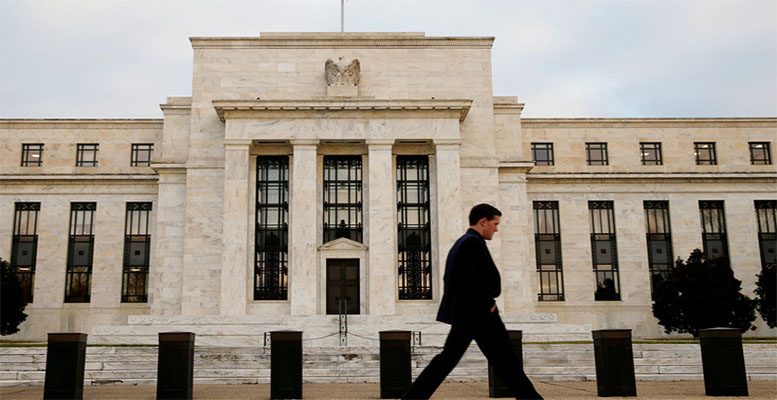The economy, however, has not really been improving lately, it has actually been deteriorating somewhat. Despite rallies in stocks and renewed optimism among business leaders and consumers, hard data mostly point to a still-subdued environment reflected in low nominal spending (NGDP) growth.
Both nominal and real economic growth have been weakly stable since the end of the recession. However, a slowdown in activity is expected with Q1 GDP poised to be just 1.2%, up from 0.9%, according to the latest release of the GDPNow model from the Atlanta Federal Reserve.
Instead of “relishing” about a “steadily improving economy”, Janet Yellen would do well to look back in time to her earlier stint at the Board of Governors in the 1990s.
The big difference in economic performance is determined by the difference in how the Fed, in the earlier period, managed to keep NGDP growth churning at a stable significantly higher level after the 1990-91 recession.
The consequence: Real growth stably higher, inflation falling to the level observed at present while unemployment also dropped to present rates despite the falling inflation, something that Phillips Curver Yellen things is contradictory.






